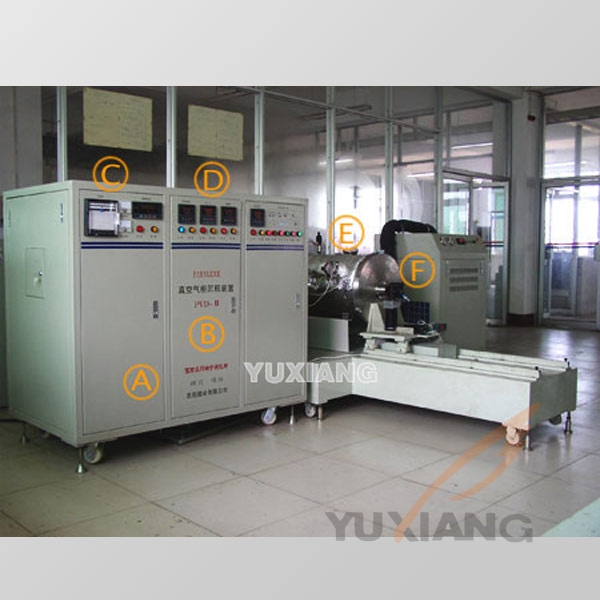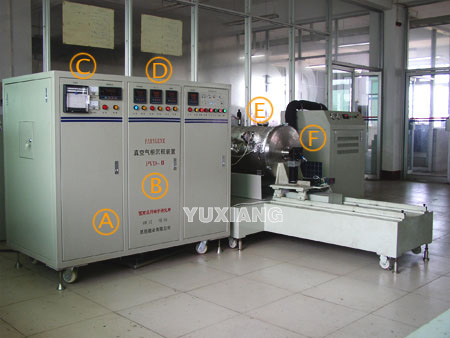

Parylene (sometimes known as paralene) is a vacuum deposited plastic film used to coat many types of substrates, and it is considered by many to be the ultimate conformal coating for the protection of devices, components and surfaces in the electronics, instrumentation, aerospace, medical and engineering industries. Parylene materials form linear, highly-crystalline polymers can be usefully produced only as coatings and films. The most commonly used is Parylene C, the mono-chloro substituted compound. Parylene N, the un-substituted compound, has better high-frequency dielectric properties, better penetrating power for coating the bore of very small diameter tubes, and is often preferred in medical applications. Parylene D, the di-chloro-substituted compound, has better high temperature endurance. Parylene coating is unique in being created directly on the surface at room temperature. There is no liquid phase involved. Parylene coatings are completely conformal of uniform thickness and pinhole free. The coating completely penetrates narrowly spaces. No initiators or catalysts are involved in the polymerization, so the Parylene coating is very pure and free from trace ionic impurities. A unique vapor deposition polymerization process achieves it. The advantage of this process is that the coating forms from a gaseous monomer without and intermediate liquid stage. As a result, component configurations with sharp edges, points, flat surfaces, crevices or exposed internal surfaces are coated uniformly without voids. These Parylene coatings provide excellent corrosion resistance, barrier properties and exhibit superior dielectric protection.
The Parylene Coating process is unique in coating technology and is best described as a vapour deposition polymerisation. The deposition process consists of three basic steps, all done in the presence of a vacuum. The process begins with sublimation at about 150℃ of the high purity crystalline dimer di-p-xylylene.
Parylene coating has been commercially available for over 30 years and its properties are exploited in a wide range of applications, including Ferrite core and assemblies(voltage-endurance:2000v), permanent magnet, motor parts, SMD, electronic sensors, and small production coating runs on applications such as printed circuit boards, cultural relic protecting, medical instrument, organic samples, accelerometers, strain gauges, pressure sensors, Hybrid Circuits, Components, Rubber and Plastics, Optics & Instrumentation and many other substrates, etc.

Parylene is applied to ferrite core and components, rare earth permanent magnetic materials and components, electrical parts, printed circuit boards and SMD components, medical apparatus and cultural relics by using a specially designed chemical vapor deposition (CVD) machine. This parylene coating or deposition cell coater is the industry's most efficient systemfor parylene coating, the cell coater consists of 3 primary components: a Vaporizer, a Pyrolizer, and a Deposition chamber. Patented multi-chamber design is the ideal for small ferrite cores and rubber parts. Parylene dimer, in its original powder form, is placed in a metal boat in the Vaporizer, and the object to be coated is placed or fixtured in the Deposition chamber. Parylene thin file adds dielectric and solvent protection to the coated object.
The Parylene dimer is vaporized at approximately 150°C, and the dimer gas is drawn into the Pyrolizer, where it is heated to approximately 680°C and pyrolized to a monomer para-xylylene. The vacuum pump then pushes the monomer gas into the Deposition chamber, where it is cooled to room temperature upon contact with the surface of the objects inside, and polymerizes into a high molecule Poly-para-Xylylene film on the surface.
Our parylene coating or deposition equipment is microprocessor computer controlled which ensures precise deposition of the parylene film. Various film thickness requirements can also be met after pre-configuration.